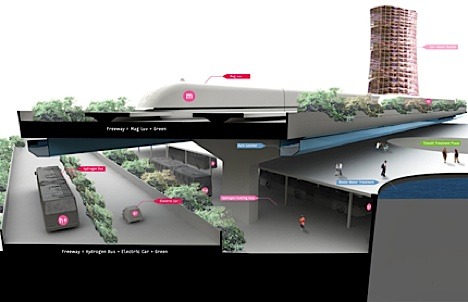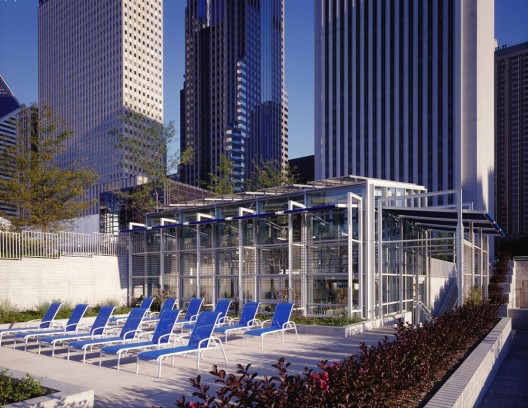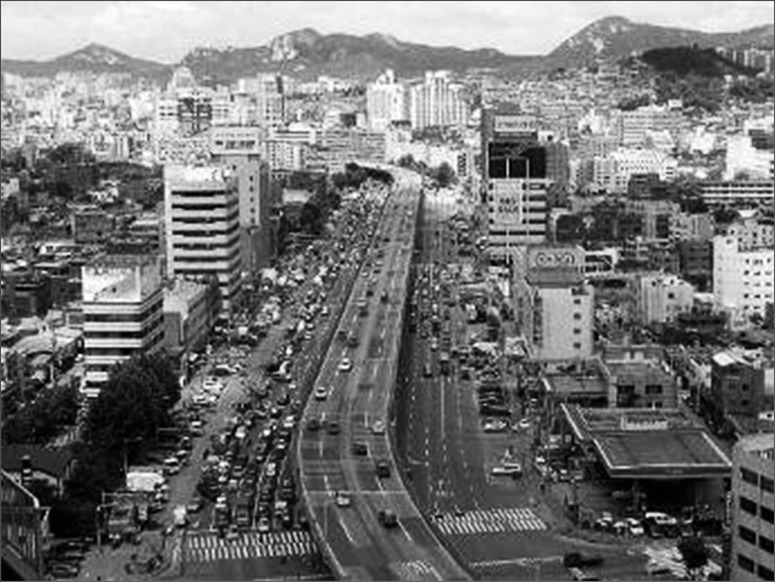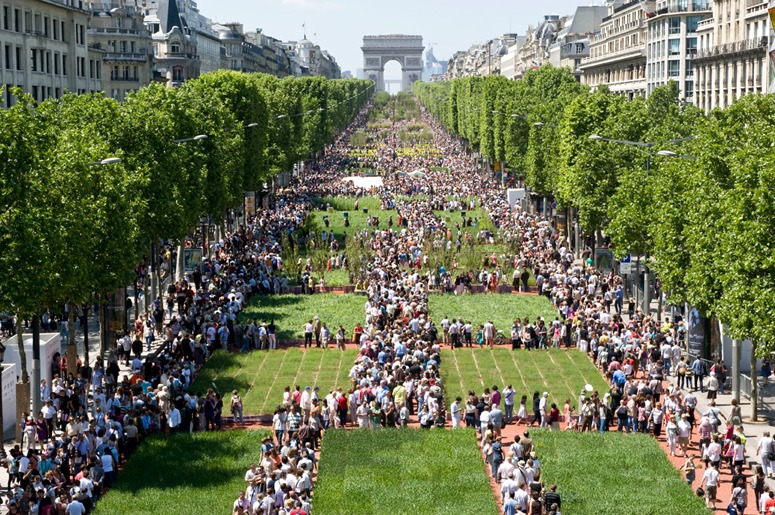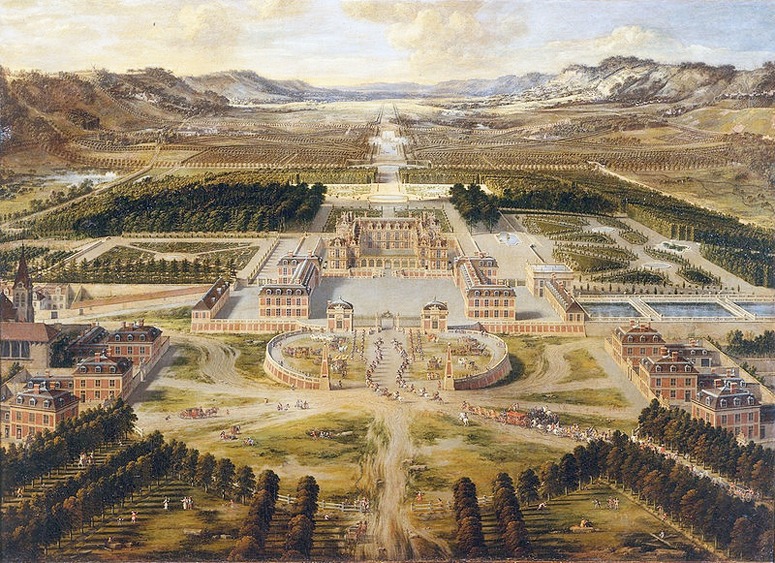Design schools are starting to tackle questions of urban scale city design in their masters programs. The key to future transit systems is to make that form of travel the best it can possibly be. Ask, what would make people choose this form of transport over other alternatives if they had many equally accessible and affordable options? Why might they want to travel this way? What would be unique, good or special about the experience?
Category Archives: landscape planning
Re: cycling It is Cost Effective
What is needed to induce the die-hard city commuters to leave behind their cars and adopt cycling as a mode of transport? Should the cost of using the car in central city areas be so cost prohibitive that only the those willing to part with large sums for the privilege persist? Or should urban designer adopt a range of innovative measures to entice inner city commuters to adopt what is afterall a healthier lifestyle alternative?
The McDonalds Cycle Centre in Chicago’s Millenium Park is leading the way in rethinking what it means to cycle and the sort of facilities which may transform the way commuting and recreational cycling is viewed. Philip Modest Schamberlan and + Anton Fromm’s Bicycle Hotel intends to entice the cyclist into the mountains in pursuit of a recreational touring lifestyle by providing an intriguing Fractal experience perched above Lake Garda.
Cheonggyecheon river reclamation and landscape architecture in Seoul, Korea
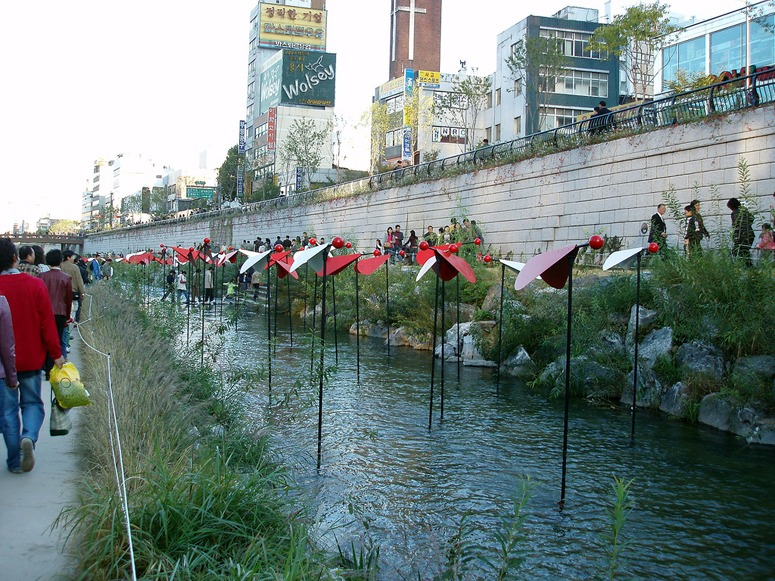
Brilliant landscape planning, and dreary landscape architecture, for the Cheonggyecheon River in Seoul, Korea
Korea has implemented a brilliantly ambitious and life-enhancing river restoration project which, unfortunately, is no masterpiece for Korean landscape architecture or garden design. Seoul, formerly Hanyang became Korea’s capital city in 1394 and a new city was built beside the lovely Cheonggyecheon River. Floods arrived from time to time but King Taejong (1400-1418) believed that nature should be allowed to run its course. A great stone bridge was built and the valley became a resort, a laundry, a children’s playground, a place for lantern festivals – and a sewer. During the Japanese occupation (1910-1945) the river was ‘improved’ in the sense of being dredged to protect the occupier’s property. Korean engineers decided the river should be buried and by 1967 it had disappeared from view. Construction of the Cheonggye Elevated Highway began in 1967 and was completed in 1976. It was built above the buried river. An elevated highway was then built above the valley It took 20 years to complete the project. The highway, 50-80m wide and 6km long, was opened in 1984. So far – so awful. But for the great good fortune of the Seoul’s citizens, the engineers were lousey and the steel beams began to rot. A report from the Korean Society of Civil Engineering, in 1992, recommended repairs. The programme of repairs went on for a decade but was innefective.
It was for this reason that the Cheonggyecheon Restoration Project was formulated. Engineers promised to transform Seoul’s grey concrete image. Their professed goal was “a lush, green city where clear waters flow. Through this and other such projects, Seoul will be re-born as a human-oriented environmental city, greatly increasing Seoul’s ‘brand’ value.” Tragically, the project was run by engineers and architects, with some planting, fountains, exterior lighting and ‘works of art’ stuffed in at the last minute. The result can be classed as brilliant landscape planning with crap landscape architecture. It is a terrible wind corridor and looks like the defensive ditch outside a walled Chinese city. Next time, they should make landscape architects the project co-ordinators.
I wish the UK had a river restoration project which was half as good as the Cheonggyecheon project – restoration of the River Fleet would be a good start. But the Koreans do seem to have learned something from the UK. Just as the Dunkirk disaster of June 1940 was proclaimed a victory, so the Cheonggyecheon disaster (photo below) is being presented as a triumph. Both boasts did some good and Seol has been nominated as the World Design Capital for 2010, partly on account of the Cheonggyecheon river reclamation. Still, I don’t think they read my chapter on River engineering, channelization and floods
Fitting into tight spaces
The question of urban density seems to keep being asked anew every five years or so. It is said that in 1800 only three percent of the world’s population lived in cities.
That means many of us have become used to tighter spaces very quickly in evolutionary terms. Do we need to tie ourselves in knots to fit into designed spaces? What does this mean for the design of our cities? What is the relationship between green spaces and built spaces?
New vistas from the Eye
Looking at London from the Eye gives a whole new perspective on the city. Another view from the Eye enables the viewer to ask ‘how green is my city?’ Some of the answers might surprise.
Paris goes green
The French farmer’s protested their financial plight in a charmingly French manner by greening the Champ-Elysee.
Another unusual example of the trend towards green is the Lost House of Paris. The occupants literally live within a greenery covered house. To travel green in the city of romance you simply phone a ‘Vectrix’ taxi.
As Pierre Patel’s 1688 painting of Versailles (below) shows, axes can be green and they can be canals. And canals can be used for transport. Civic leaders need courage, imagination, wisdom – and a wealth of ideas from the design professions.

